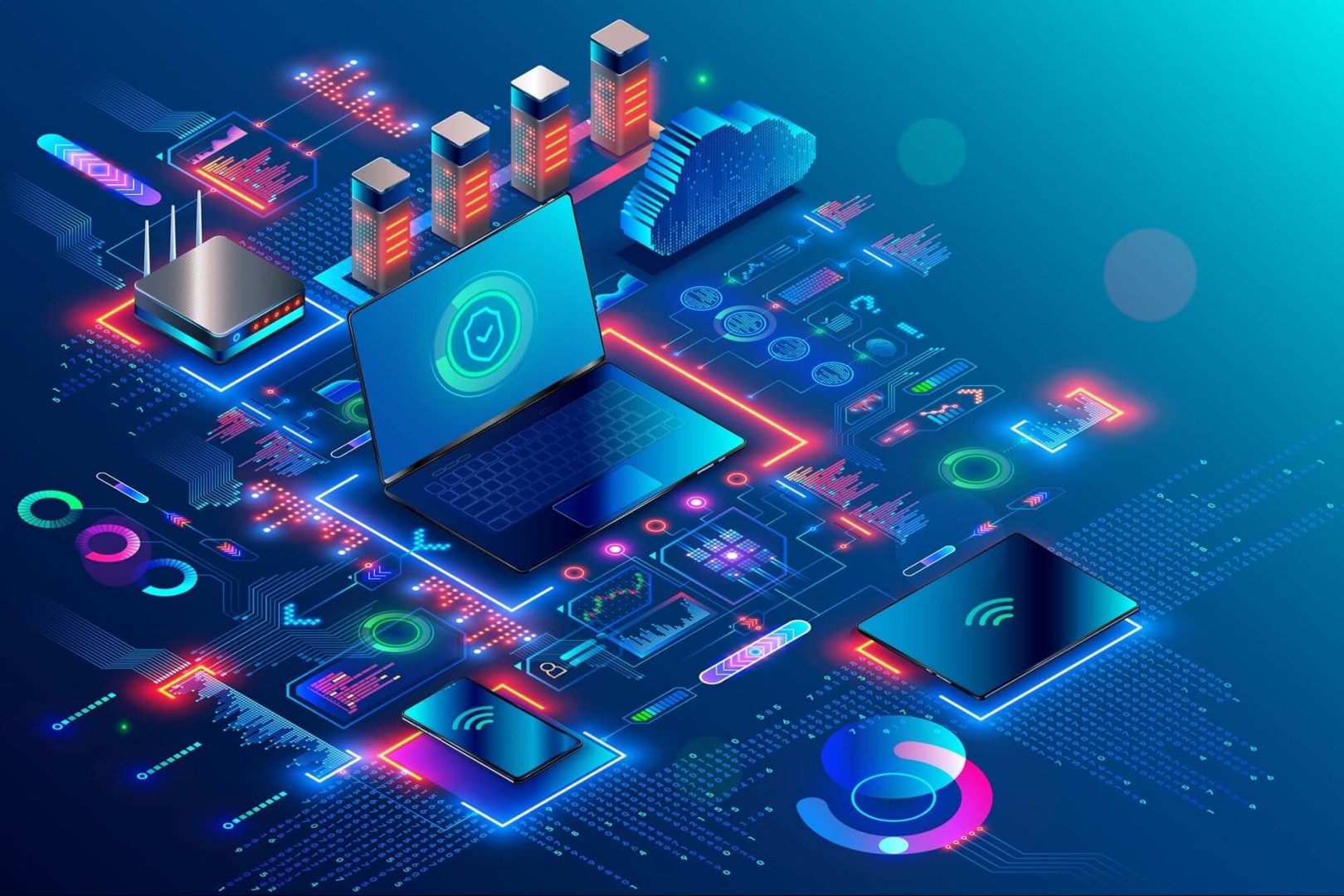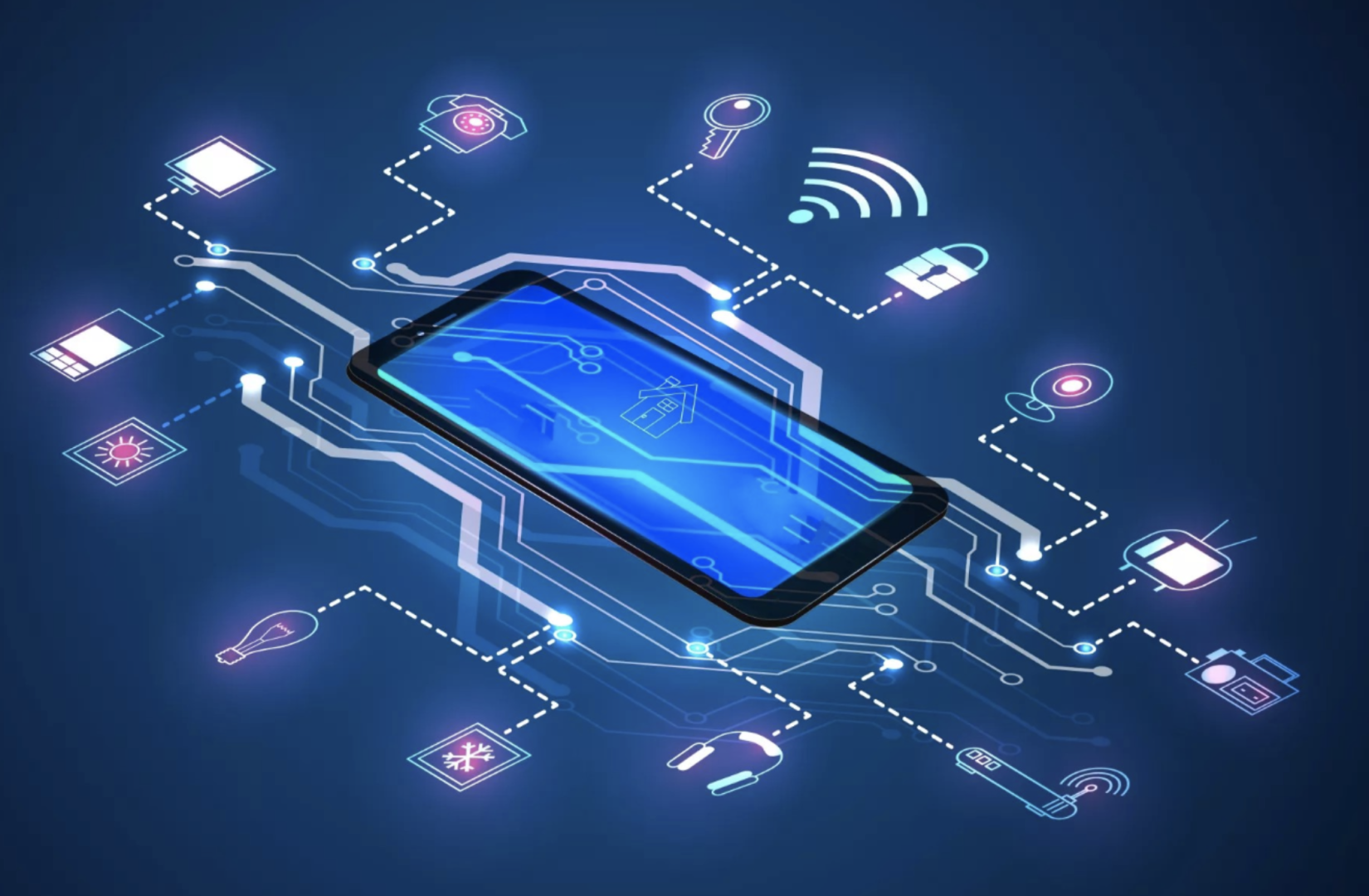
What is the Definition of IoT: Unraveling the Internet of Things
The digital age is here. It is new and exciting. And at its heart? The Internet of Things, or IoT.
What exactly is IoT? It is not just more internet. It is a whole new conceptual area. It combines computer science, electronics, and communication. Its major goal is to bring together the digital and the physical. It is a place where sensors and software join forces. They work together to form smart connections. For a deeper dive into developing IoT solutions tailored to specific needs, one might visit this page.
Getting to Know IoT
So, what is the Internet of Things? It is a system. This system connects physical objects, like everyday items, to the Internet. How does it do this? By using sensors and software. This allows these objects to share data with other devices. Even devices you might not expect, like industrial tools. To navigate further into the realm of IoT and its applications, click here.
Parts of IoT

The Internet of Things is like a puzzle. Each piece is essential to the bigger picture. So, what are these puzzle pieces?
Hardware: This includes physical items like sensors. They collect data from the world around us. Some sensors are basic, like the ones in your home thermostat. Others are advanced, like those in cars.
Software: This is the core of IoT. It handles the data from the hardware. The software could be as simple as firmware running on the device. Or, it might be a complex system in the cloud. It makes decisions or gives useful insights.
Link-Up: Devices communicate using various connections like Wi-Fi, Bluetooth, ZigBee or cellular networks. This element allows data to move smoothly across the network.
Handling Data: Data needs to be processed and studied after it's gathered and shared. This processing takes place either on the device or a central server/cloud.
Why IoT Matters?

Internet of Things, IoT for short, goes beyond typical devices like computers and phones. IoT networks even more devices and sensors. Here's how IoT is making a difference:
Improving the Economy
Iot's first major effect is on the economy. McKinsey estimates that IoT could contribute from $3.9 trillion to $11.1 trillion a year by 2025. IoT's reach is so vast, it can be applied in many sectors:
Factories and Supply Chains: IoT helps to closely watch production lines and transport, improving productivity and reducing costs.
Farms: Precision farming, thanks to IoT devices, can raise crop yields and promote sustainable farming.
Stores: The shopping scene changes because of IoT. It makes everything from keeping an inventory to personalizing the shopping experience easier.
Bringing Positive Change Acrosss Industries and Infrastructures
The IoT's touch expands into many sectors. It boosts work proficiency, betters user interactions, and creates new avenues for income:
Smart Homes: IoT changes homes into linked-up systems of devices. This setup fosters unequaled user-friendliness and cuts back on energy use.
Healthcare: Home-based patient tracking and smart healthcare equipment enables proactive medicine. This change betters health results and slashes costs.
Transportation and Smart Cities: IoT makes public transport, traffic management, and city maintenance smarter. This shift improves city life.
Improving Life's Quality
On a more individual scale, IoT blends into daily life. It makes life easier, safer, and more enjoyable:
Wearable Tech: Devices that capture health data can alert us to health risks, promoting active health management.
Home Security and Automation: Smart locks, cameras, and alarms foster increased security and ease of mind. They can be managed remotely for extra convenience.
Environmental Monitoring: IoT devices can spot and warn towns about toxins or dangerous situations, supporting a safer, healthier environment.
Pushing for More Innovations and New Opportunities
IoT sparks inventiveness, pushing the creation of new goods, services, and business tactics. It unveils new possibilities for startups and set businesses to delve into unexplored areas. They deliver solutions that solve real troubles and satisfy ever-changing consumer needs.
Challenges of IoT
IoT has made a lot of promises. But, it also has problems:
Security: Lots and lots of IoT devices means we have to think about safety. We always have to protect data and make sure devices are safe from cyber attacks.
Complexity: It's not simple to set up and run IoT systems. They need many different things to work right. This includes everything from software knowledge to understanding electronic parts and network talking.
Interoperability: There are so many IoT devices and platforms. They all need to work well together. This is very important for users and for the systems to work right.
What's Next for IoT?
IoT is helping to connect the world more and more. It has lots of new things and chances to grow. Companies like Vakoms are helping. They know a lot about IoT. They can help with everything from coming up with plans to making them happen. This means businesses can use IoT to do well.
To sum it up, the Internet of Things is changing how we see and use tech. Sensors and software are getting better every day. And the Internet is becoming part of everything we do. This opens up a world of chances. But, to get the best from IoT, we need fresh ideas, strong safety, and a will to tackle problems. By taking on these challenges, we can truly use the power of being connected. This would make our cities smart, our businesses more smooth-running, and our lives better.
Trending
-
1 How Does SaaS Differ From IaaS And PaaS?
Fabrice Beaux -
2 Single Page Applications vs Multi-Page Applications
Fabrice Beaux -
3 Top 7 Effective Strategies for Multi-Language Website Development
Fabrice Beaux -
4 Boost Engagement to Infinity and Beyond: Unleashing AI-Driven Support
Anas Bouargane -
5 The Cheapest And Most Beautiful Stickers in CS2
Daniel Hall





Comments